Unveiling 100% AI-Driven Digital Art Algorithms
In an era where the intersection of technology and creativity is constantly redefining the boundaries of what is possible, the recent introduction of algorithms that can autonomously generate digital art solely through artificial intelligence represents a noteworthy pivot point.
These sophisticated systems, which do not just assist but wholly drive the creative process, have the potential to create unique and thought-provoking art, raising compelling questions about the future of human artistic expression.
As we stand on the cusp of a transformative shift in the production and appreciation of art, it is crucial to scrutinize the implications of these AI-driven methods for artists and the broader art community and society.
The consequences of such technology, ranging from the ethical to the economic, promise to ignite a multifaceted debate, the nuances of which invite further contemplation and discourse.
Key Takeaways
- The evolution of AI-driven digital art has revolutionized the creative process, expanding artists’ toolkits and challenging traditional notions of authorship.
- Ethical implications and considerations arise in AI-driven digital art, including debates over ownership, plagiarism, and the impact on traditional artistic skills.
- AI-driven digital art disrupts the market, redefining the roles of artists and consumers and creating new economic landscapes and revenue streams.
- The future of artistic collaboration with AI holds potential for co-creation, interactive art forms, multidisciplinary collaborations, and exploring new creative boundaries.
The Evolution of Art
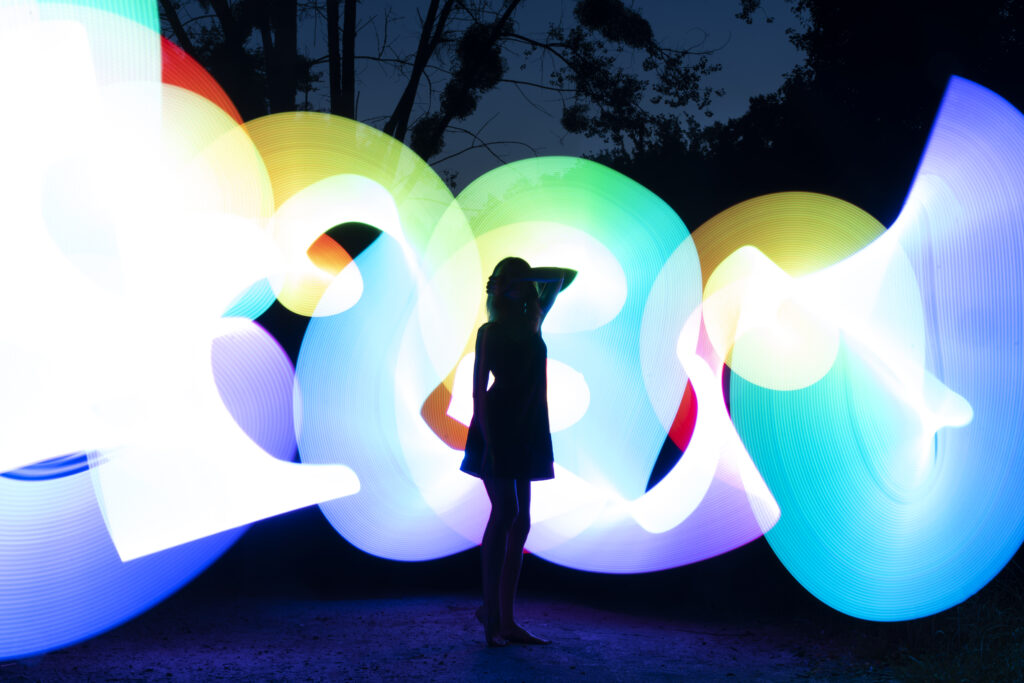
The Evolution of Art represents a paradigm shift from manual craftsmanship to technologically augmented creation, markedly characterized by the advent of AI-driven generative art forms in the late 20th century. This transition marks a significant milestone in the evolution of art, where the integration of technology has expanded the toolkit available to artists and introduced novel artistic styles that blend human creativity with computational precision.
Generative art, a key player in this transformation, leverages algorithms to produce artwork that can evolve and respond to user interaction, thus challenging traditional notions of authorship and the static nature of conventional art pieces.
The proliferation of AI Art Generators signifies a further leap in the field, democratizing the art-making process and enabling a symbiotic relationship between artists and technological tools. Microsoft’s recent foray into AI image-generating technology exemplifies the potential for such systems to influence the art world dramatically. By facilitating the generation of music, stories, videos, and visual art through AI, these technologies push the boundaries of artistic expression, allowing for a more fluid and dynamic exploration of form, composition, and thematic depth.
Understanding AI Algorithms
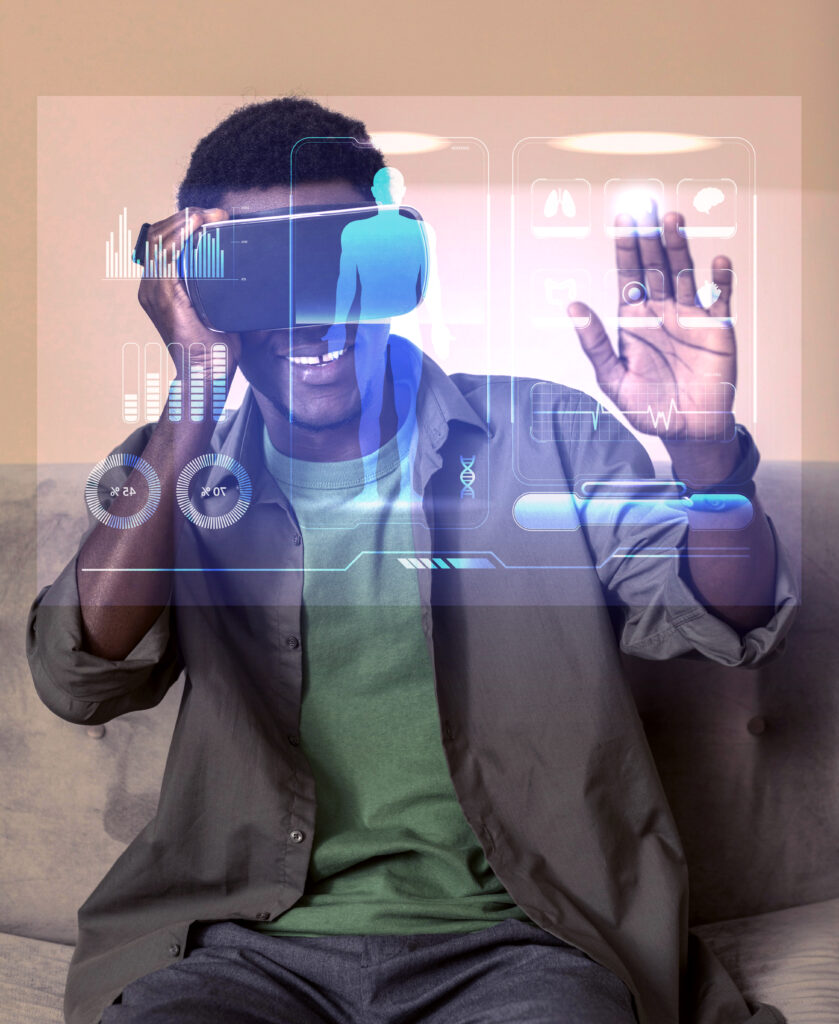
Delving into the intricacies of AI algorithms reveals their pivotal role in the burgeoning field of generative art, where they underpin the creation of dynamic and complex artworks that continually redefine the parameters of artistic innovation.
AI-driven generative techniques, such as fractals and cellular automata, harness advanced algorithms to manipulate patterns and data, resulting in artworks that evolve and resonate with algorithmic beauty.
Generative models in computer science have revolutionized creative expression by enabling artists to collaborate with artificial intelligence in unprecedented ways. These models are not just tools but partners in the creative process, providing a canvas where the unpredictability of AI merges with the artist’s vision to produce original and captivating art pieces.
The rise of AI technology in art has led to the establishment of digital art galleries and online platforms dedicated to showcasing AI-driven generative creations. These platforms, like OpenArt and Starry AI, offer artists customizable fertile options and style transfer capabilities, expanding the scope of what is possible in art.
Through these advanced algorithms, AI is not merely imitating traditional art forms but is pushing the boundaries, opening new avenues for exploration in the digital art space.
Generative Art Explained
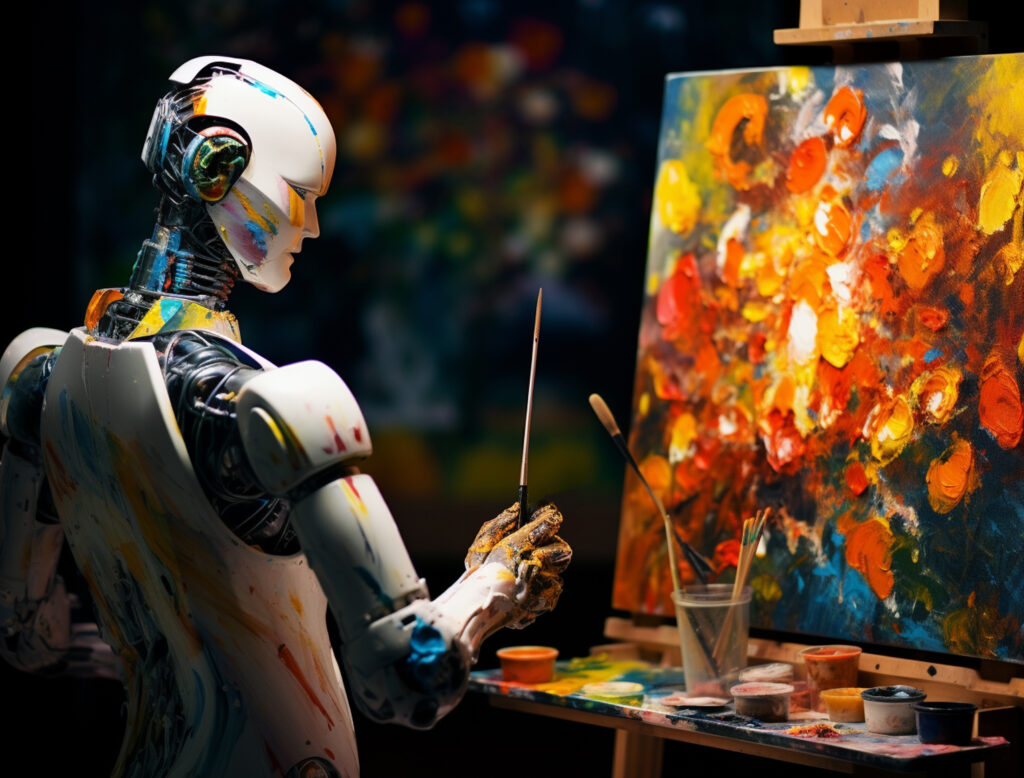
Generative art, a practice that leverages algorithmic processes to produce artwork, stands at the intersection of creativity and computation. This form of art synthesizes fundamental algorithmic methods, often incorporating stochastic elements, to create patterns, shapes, and complexities that are not entirely predictable.
As we examine the application of these techniques, we observe a spectrum of outcomes, from meticulously structured designs to those that emerge from the dynamic interplay between code and random variation.
Defining Generative Art
Emerging from art and mathematics, generative art encompasses a creative process in which artists program algorithms to generate complex and unique artworks autonomously. This art form leverages AI to interpret text prompts, transforming them into visual narratives through art creation. It’s a synergy of precision and unpredictability, where the algorithm becomes a collaborator in the artistic journey.
The unpredictability of generative algorithms can evoke a sense of wonder and discovery. Generated pieces are often one-of-a-kind, forging an emotional connection with the viewer through their exclusivity. The fusion of technology and creativity challenges perceptions, inspiring awe and contemplation.
In this analytical realm, generative art is not just the output but the intricate dance of code, parameters, and artistic vision—culminating in an experience transcending traditional art boundaries.
Artistic Algorithm Fundamentals
Building on the foundation of artistic innovation and mathematical principles, the fundamentals of creative algorithms in generative art require a nuanced understanding of the interplay between randomness and control.
Generative models leverage this balance, employing mathematical frameworks like fractals and cellular automata to create complex, unpredictable patterns that retain an element of deliberate design. As artificial intelligence and machine learning have advanced, these models have become more sophisticated, transforming textual input into intricate visual outputs.
These AI-driven systems analyze and replicate artistic styles, challenge traditional authorship, and redefine the collaborative process between human artists and technological tools.
In essence, generative art algorithms represent a synergy of computational precision and artistic fluidity, enabling the creation of dynamic, evolving, and unique artworks.
Generative Techniques in Practice
Delving into the practical application of generative art techniques, we observe how artists integrate mathematical algorithms and computational processes to craft visual experiences that continually evolve and challenge the spectator’s perception. These generative models are pivotal in the domain of digital art, enabling creators to harness AI tools to generate art that is not only dynamic but also deeply personal.
As a result, the artworks:
- Reflect an intricate interplay between programmed patterns and serendipitous variations.
- Resonate with viewers through unpredictable and unique aesthetic experiences.
- Engage audiences in a dialogue about the interrelation of technology, art, and human creativity.
The analytical approach focuses on the precision of algorithms to create unique expressions, where AI tools’ technical prowess is directed toward producing generative art that is consistently novel and emotionally compelling.
AI’s Creative Process
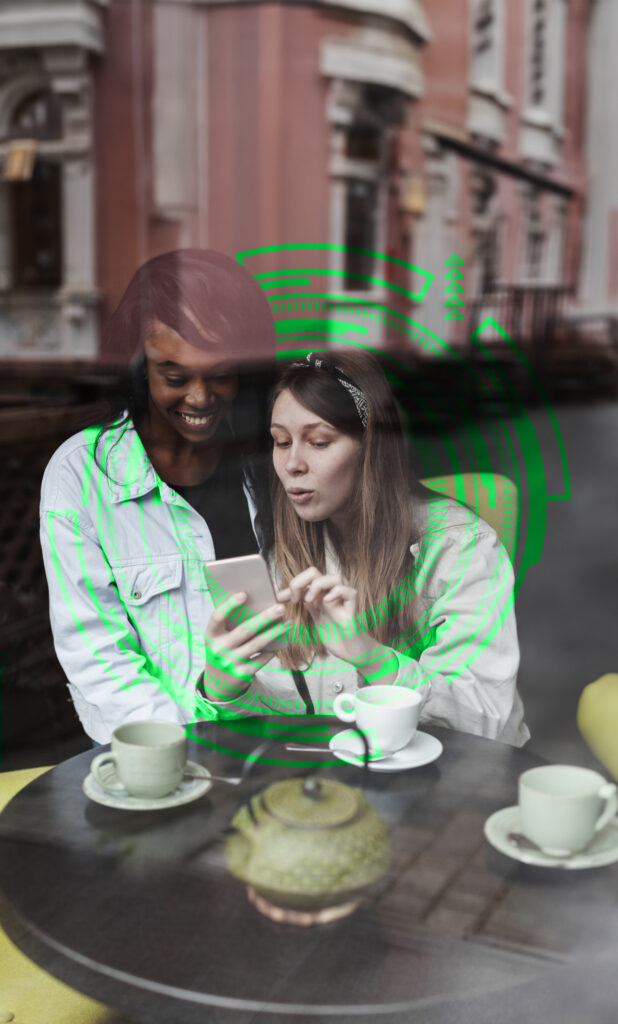
The creative process of AI in art generation leverages complex machine-learning algorithms to synthesize novel visual expressions from vast datasets. This interplay between algorithmic design and artistic creativity raises pertinent questions regarding machine-generated art’s originality and ethical dimensions.
As we examine the mechanics of AI creativity, it becomes crucial to consider the implications of such technology on traditional artistic paradigms and intellectual property rights.
Understanding AI Art Generation
Generative art, once the domain of avant-garde experimenters, is now being revolutionized by AI algorithms that craft complex visual narratives from underlying mathematical and geometric principles. These generative models are at the forefront of creating new pathways within the art world.
The AI system operates through a series of intricate processes:
- Transforming algorithms into aesthetic experiences
- Challenging the conventions of authorship and creativity
- Bridging the gap between technology and human expression
In an analytical dissection, these models embody the convergence of computation and artistry, offering unprecedented tools for artists and technologists to collaborate and innovate. The technical prowess of AI systems reshapes the boundaries of the conceivable, allowing for the genesis of digital artworks that resonate emotionally and intellectually with audiences.
Machine Learning Creativity Mechanics
As machine learning algorithms delve into art creation, they employ complex computational techniques to forge new forms of artistic expression. These generative models harness computational power to create unique and original art, expanding creative possibilities beyond traditional boundaries.
By balancing randomness and determinism, machine learning becomes an innovative tool, enabling the synthesis of intricate and interactive generative art. AI-driven platforms such as OpenArt and Starry AI offer versatile and customizable options, stimulating creativity and imagination in the artistic process.
These platforms and the collaborative efforts between artists and technologists challenge traditional notions of authorship and push the boundaries of what is possible in artistic expression.
Ethical Implications of AI-Art
Exploring the ethical landscape of AI-generated art reveals complex issues surrounding authorship and the evolving role of human artists in a machine-dominated creative process. The advent of generative models powered by artificial intelligence has transformed art creation, prompting an urgent need to address the ethical implications inherent in this new domain.
These implications are multifaceted, encompassing:
- The potential devaluation of traditional artistic skills and expressions.
- Contentious debates over the ownership of AI-generated works.
- Challenges in defining the boundaries of creative plagiarism.
Precision and a technical understanding of Intelligence’s role in art are paramount in this context. The dialogue is not merely about the legality but also the integrity of artistic creation, as AI reshapes the definition and accessibility of art.
Ethical Considerations
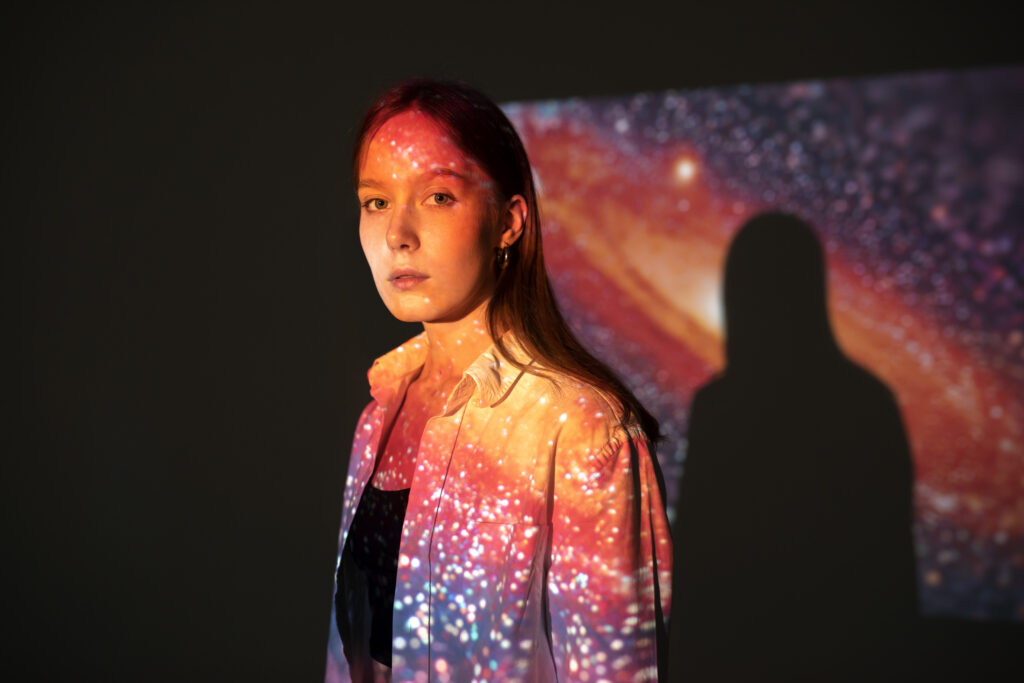
Integrating AI into digital art prompts a thorough examination of the ethical landscape, addressing complex issues such as authorship, ownership, and the potential propagation of biases. As technology advances, generative models in art creation challenge traditional notions of creativity and raise questions about the ethical implications of algorithmically produced content.
| Ethical Issue | Concerns | Considerations |
|---|---|---|
| Authorship & Ownership | Clarifying the role of AI versus human artists in the creation process. | We are implementing oversight and audit systems. |
| Bias Propagation | Ensuring AI does not perpetuate harmful stereotypes. | We are safeguarding user data in AI art platforms. |
| Privacy & Data Protection | I am adhering to data protection laws. | I am detailing the use of data and algorithms in art tools. |
| Transparency & Accountability | We are creating clear usage policies. | We are assessing how AI art affects the value and authenticity of artworks. |
| Market Impact | It is balancing innovation and market stability. | Balancing innovation and market stability. |
In this context, ethical considerations must be rigorously applied to comply with frameworks like LinkedIn’s User Agreement and actively shape the evolution of AI art in a socially responsible manner. The imperative is to develop a balanced approach that respects individual rights, fosters diversity and maintains the integrity of the art world.
Market Disruption
How does the advent of AI-driven digital art algorithms initiate market disruption in the creative industry? By introducing new tools and generative models, these technologies push the boundaries of what can be created and consumed in art. Traditional artists and businesses face a paradigm shift as AI-generated art challenges the conventional notions of creativity and originality.
The market disruption is characterized by:
- Innovative Generative Models: AI algorithms that can create intricate and unique digital art pieces, altering the art market’s perception of value and scarcity.
- Transformation of Creative Roles: The redefinition of artist and consumer roles, as AI facilitates the democratization of art creation, potentially diluting the pool of professional opportunities.
- Shifting Economic Landscapes: The emergence of new revenue streams and business models that capitalize on AI art, prompting a reevaluation of intellectual property rights and compensation structures.
These developments indicate a significant shift in the creative industry’s infrastructure and competitive dynamics. Companies and individuals must adapt to these new realities or risk obsolescence. Leveraging these disruptions will be pivotal for those wishing to thrive in the evolving digital art landscape.
Future of Artistic Collaboration
Amidst the market disruptions by AI-driven digital art algorithms, a new frontier of artistic collaboration is emerging, reshaping how artists interact with technology and participate in the creative process. Integrating generative models into the art world has expanded the scope of what can be created and introduced novel methodologies for artists and machines to co-create.
The future of artistic collaboration is poised on the brink of a paradigm shift, where interactive generative art amalgamates audience engagement with the creative act, blurring the lines between creator and spectator. AI art platforms are the nexus of this evolution, providing an arsenal of tools for artists to engineer and refine their collaborative endeavors with sophisticated algorithms.
The following table encapsulates the transformative impact of AI on artistic collaboration:
| Aspect of Collaboration | Impact of AI Integration |
|---|---|
| Creative Process | AI algorithms serve as co-creators, offering new possibilities and expanding creative boundaries. |
| Audience Interaction | Interactive art forms invite audience participation, leading to dynamic and evolving artworks. |
| Cross-Disciplinary Reach | AI’s versatility enables its application across various art forms, fostering multidisciplinary collaborations. |
This analytical discourse underscores the technical nuances and the profound implications for the future of artistic collaboration.
Learning From AI Creations
Generative art, once confined to the fringes of artistic experimentation, now offers invaluable insights for creators as they navigate the interplay between AI-driven algorithms and human creativity. Learning from AI creations is about understanding the machinations of generative models and recognizing the potential for a new creative paradigm. New AI technologies, used to create myriad art forms, are reshaping the creative landscape.
- Inspiration: Artists derive new forms and aesthetics from the unexpected patterns and structures generated by AI.
- Collaboration: The fusion of artist and algorithm challenges the conventional solitary nature of art creation, fostering a symbiotic relationship.
- Evolution: By analyzing AI-generated art, creators can trace the evolution of styles and techniques, potentially guiding their artistic development.
Artists and technologists are becoming increasingly adept at parsing the outputs of generative models, gleaning not just novel visuals but also methodological advancements. This analytical approach is critical, as the dialogue between the artist and AI informs the trajectory of the artwork and the tools used to create it. Each interaction, each iteration of learning from AI creations, refines and elevates the collective understanding of what constitutes art in the digital age.
FAQs
What does “100% AI-Driven” mean in the context of digital art algorithms?
100% AI-Driven” implies that artificial intelligence algorithms conduct the entire process of creating digital art without direct human intervention. This often involves using advanced models like Generative Adversarial Networks (GANs) or other neural network architectures.
How do 100% AI-driven digital art algorithms work?
These algorithms typically use neural networks trained on large datasets to generate art without explicit human input. The AI autonomously learns patterns, styles, and features from the data and produces new digital artworks.
Can 100% AI-driven algorithms create diverse styles of digital art?
Yes, 100% AI-driven algorithms can be trained on diverse datasets to generate digital art in various styles. The diversity of styles depends on the breadth and variety of the training data.
What distinguishes 100% AI-driven digital art from traditional digital art methods?
In traditional digital art, human artists create and design the artwork using digital tools. In 100% AI-driven digital art, the algorithms autonomously generate the artwork based on learned patterns, often resulting in novel and unexpected compositions.
Are there limitations to 100% AI-driven digital art algorithms?
Yes, limitations can include issues like overfitting the training data, generating unrealistic or nonsensical results, and challenges in capturing the nuanced creativity and intentionality often associated with human-created art.
